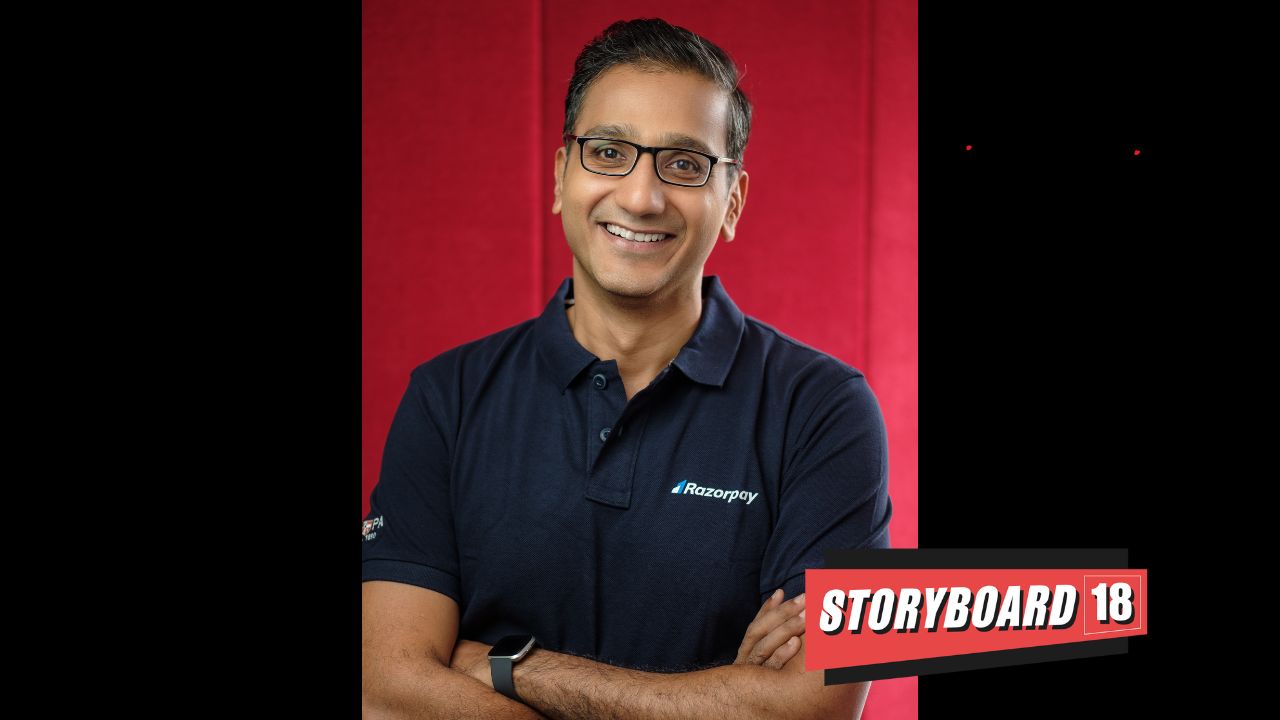The fintech sector has increased awareness among the youth and accelerated digital financial services adoption, including investing, taking India ahead of China in financial inclusion metrics, as per a report from SBI Ecowrap. The number of persons with deposit accounts at banks, loan accounts, and carrying out mobile internet banking transactions has significantly increased between 2015 and 2020 (details below), the report added.
Razorpay is a major fixture in India’s fintech landscape. Storyboard18 caught up with Rahul Kothari, chief operating officer, Razorpay to understand Razorpay’s new campaign to get the lowdown on the company’s new campaign, the rationale behind choosing Gulshan Grover and Urvashi Dholakia for the ad film, key consumer trends in the fintech landscape, diversity in fintech and financial inclusion.
Edited excerpts from the interaction follow:
Razorpay recently came out with a new campaign. What was the rationale behind partnering with Gulshan Grover and Urvashi Dholakia?
One of the things we see in the ecosystem, especially in consumers new to online payment transactions, is that they have this fear of some fraud or a merchant being illegitimate and taking the money without delivering services. I talked to first-time users, and if I look at senior citizens, they think that if they transact online, the merchant might dupe them and their money might be lost.
That got us thinking… when we do a KYC with merchants, it’s not just aadhar, we also check proof of identity, proof of address, kind of business, whether it is regulated, whether they have a license, we also check a lot of risk engines ,merchant transaction history, to ensure if there are fraud concerns.
Read More:Three out of five kirana store owners to switch from Paytm to other payment apps
Gulshan Grover is one of the most iconic villains and Urvashi is known for her role as Komolika. These actors can portray villains and they can portray good people, as well. So, when the consumer is thinking that merchants are villains, and then go through the film, they realise that merchants on Razorpay are actually good—it’s a psychological choice.
Which is the target audience for Razorpay? What are some of the key consumer trends you have noticed currently and how are you leveraging them?
For Razorpay, the key targets are small merchants looking to go online for the first time. Razorpay is the preferred choice because onboarding is pretty seamless—they can go online instantly, the KYC is quite automated, so what a large company does with a lot of software engineers, we give do with small businesses in a package. So, these are our primary target audience. They come to us to start their online business, they become big and we become big with them.
Also large internet companies like Flipkart, and Amazon work with us. Most of them, when they were starting out, were looking for an online gateway. Our business is to make end-to-end money movement seamless.
Most of these merchants are becoming ambitious in terms of expanding. We see a lot of businesses asking for cross-border payment options because there are consumers outside India doing business with them. We have multiple offerings.
Within UPI, you go and make a payment in a store, you will see success but the merchant sometimes does not get the money or a confirmation—it’s a big pain point, where they are looking for solutions. So, we have an instant refund solution for the consumer.
Merchants are saying we have UPI instruments; can our consumers get credit lines on UPI itself? That was launched a few months back. Then there are subscription payments; while the UPI option has increased specific use cases, all of those are becoming far more prominent.
To a large extent, merchants online used to come to an app or website. But they are now coming first to social media platforms such as Instagram, and also WhatsApp. So, that’s a third trend—outside the website or app.
In 2024, it is speculated that diversity will play a pivotal role even in fintech. What is Razorpay doing in this regard?
Razorpay recently revamped its health insurance policy to include benefits for all team members, including LGBTQIA teammates, living partners and their families. Overall the female ratio is more than 30 percent across verticals. Within Razorpay, we have a specific mentorship programme for women. We have recently launched Resumetowork, where women on a career break can get through Razorpay on merit.
How is Razorpay ensuring true financial inclusion? How is it innovating and differentiating itself from the competition?
Given that we are a B2B business, we enable inclusion for merchants. Ten percent of India’s population is businesspeople. And we have India’s most advanced online gateway onboarding system. These small merchants in tier 2 and tier 3 cities, who are primarily into offline business, come to us. For example, there is a milkman I spoke to, who delivers milk to homes in a tier 2 city. He had elderly customers who had challenges giving change, so he took Razorpay’s service, where, without writing code he could enable a payment gateway. He started accepting payment online. For us, financial inclusion is enabling small merchants to go online.
Read More:Paytm brand value deeply eroded, faces painful road ahead to regain trust, say brand experts
